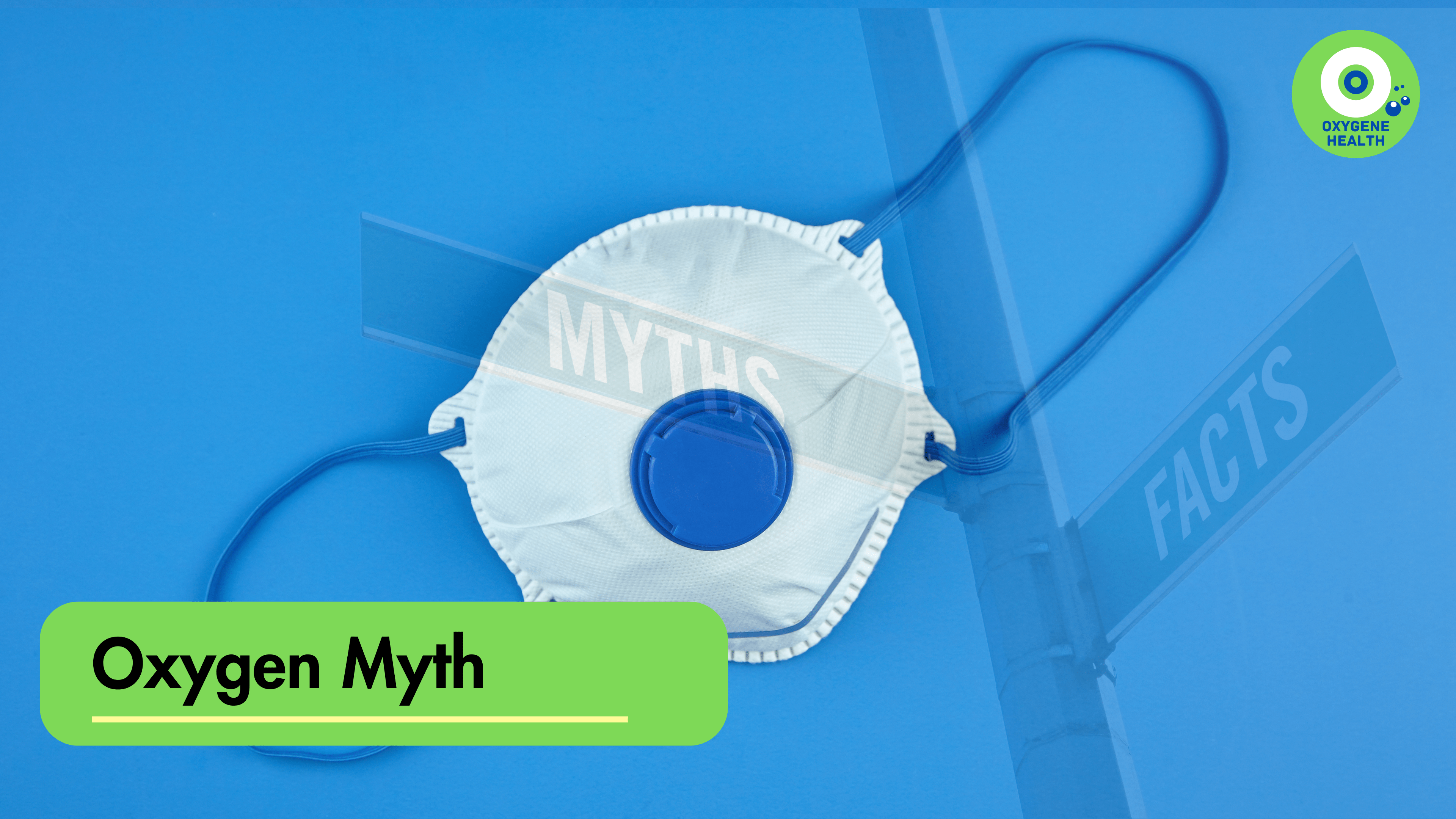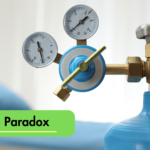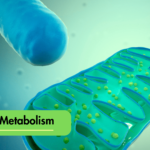Oxygen. It’s the lifeblood of our existence, the very essence of vitality. Yet, despite its critical role in sustaining life, oxygen remains shrouded in mystery and misconceptions. Today, let’s shine a light on some common myths surrounding oxygen, particularly in the context of oxygen therapy, and separate fact from fiction.
Myth #1: “Oxygen Is Always Beneficial, the More the Better”
While oxygen is undoubtedly essential for life, the notion that “more is better” doesn’t always hold true. In fact, excessive oxygen levels can lead to hyperoxia—a condition characterized by abnormally high levels of oxygen in the blood—which may cause respiratory depression, oxidative stress, and even lung damage. Oxygen therapy aims to deliver oxygen at the optimal concentration to meet the body’s needs without causing harm, highlighting the importance of proper dosing and monitoring.
Myth #2: “Oxygen Therapy Is Only for Severe Respiratory Conditions”
While oxygen therapy is indeed a cornerstone of treatment for conditions like chronic obstructive pulmonary disease (COPD) and acute respiratory failure, its applications extend far beyond severe respiratory ailments. From altitude sickness to carbon monoxide poisoning, from wound healing to post-operative recovery, oxygen therapy can benefit individuals across a spectrum of conditions, providing much-needed support to enhance healing and improve outcomes.
Myth #3: “Oxygen Therapy Is Addictive and Weakens the Lungs”
Contrary to popular belief, oxygen therapy is not addictive, nor does it weaken the lungs. In fact, oxygen therapy is a therapeutic intervention aimed at restoring physiological oxygen levels and supporting respiratory function. While long-term oxygen therapy may be necessary for individuals with chronic respiratory conditions, it is prescribed under careful medical supervision to optimize benefits and minimize risks. With proper management, oxygen therapy can improve quality of life and enhance overall well-being.
Myth #4: “Oxygen Therapy Is Only Effective During Rest”
While it’s true that oxygen therapy can be particularly beneficial during periods of rest or sleep when oxygen demand is lower, its benefits extend beyond passive moments. Whether engaging in physical activity, undergoing rehabilitation, or managing activities of daily living, individuals receiving oxygen therapy can continue to reap its therapeutic rewards, enabling greater mobility, endurance, and independence.
Myth #5: “Oxygen Therapy Is a Cure-All Solution”
While oxygen therapy can be a valuable adjunct to medical treatment, it’s essential to recognize its limitations. Oxygen therapy addresses underlying oxygen deficits and supports physiological function, but it is not a cure-all solution for every ailment. It works in tandem with other therapeutic modalities to optimize outcomes, but it’s not a panacea for all health woes. Understanding the role of oxygen therapy within the broader context of patient care is key to harnessing its benefits effectively.
Closing Thoughts
As we dispel these myths surrounding oxygen and oxygen therapy, let us embrace a more nuanced understanding of this essential element and its therapeutic applications. By separating fact from fiction, we empower ourselves to make informed decisions about our health and well-being, leveraging the power of oxygen therapy to enhance vitality, promote healing, and improve quality of life.







